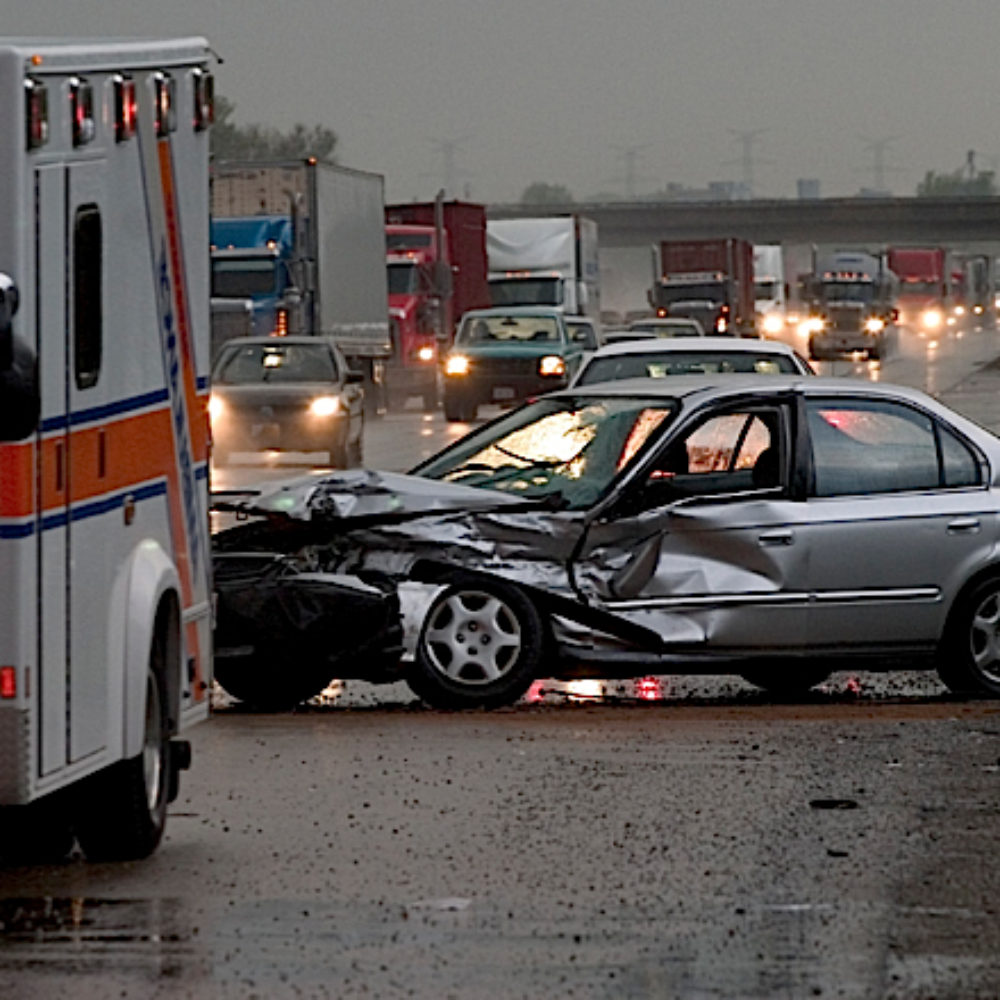Tipsy Drivers Still Pose Serious Danger On The Road: Study

New research suggests that the legal limit for drunk driving should be lowered, following a study that suggests even tipsy drivers with blood-alcohol levels below legal limits may pose a risk on the road.
In a study published in the journal Injury Prevention on January 7, researchers found that drivers categorized as ‘buzzed’ were more likely to be held responsible for car accidents than the other sober driver involved, indicating that even on drink may be too many to get behind the wheel.
Researchers examined data from the Fatality Analysis Reporting System between 1994 and 2011, looking at more than 570,000 reports of car accidents involving minimally ‘buzzed’ drivers. They then investigated the correlation between a so called ‘buzzed’ or tipsy driver and the degree he or she was assigned sole official blame for the accident.

Did You Know?
Millions of Philips CPAP Machines Recalled
Philips DreamStation, CPAP and BiPAP machines sold in recent years may pose a risk of cancer, lung damage and other injuries.
Learn MoreThe study found buzzed drivers were 46% more likely to be officially blamed for the vehicle crash than the sober drivers with whom they collided.
Researchers measured the blood alcohol content (BAC) of the drivers and compared them with clear indicators of blame for the accident, like which driver ran a red light or who drove in the wrong lane. The team found even drivers with the lowest BAC 0.01%, were 46% more likely to be solely blamed for the crash. This is the equivalent of an adult male having half of one 12-ounce beer.
They also found that the more the BAC increased, the higher the likelihood the driver would be blamed for the accident.
Other Countries Have More Stringent Drunk Driving Laws
This is the first national analysis of data on tipsy, not drunk, driving, according to the researchers. They concluded that there is no safe combination of drinking and driving, and are calling for legislators to reconsider the current legal BAC of 0.08%.
Many European countries, including Germany, France and Italy, have already lowered the legal BAC to 0.05%. Some, like Sweden and China, are even lower at 0.02%.
“Lowering the legal BAC limit is likely to reduce injuries and save lives,” wrote study authors. “Even minimally ‘buzzed’ drivers pose increased risk to themselves and to others.”
Researchers warn that there is no threshold effect from a BAC of 0.07% to 0.08% and say concerns about drunk driving should be extended to buzzed driving as well.
More than 1.4 million drivers were arrested for driving under the influence of alcohol or narcotics in 2010 alone, according to the U.S. Centers for Disease Control and Prevention (CDC).
More than 10,000 people were involved in alcohol-impaired driving crashes during the 2010, accounting for one-third of all traffic related deaths in the U.S.
This latest study calls for more research focused on the ‘buzzed’ driving phenomena to help demystify the grey area and reduce the impact it may have on the nation overall.
Get more articles like this sent directly to your inbox.
"*" indicates required fields





0 Comments